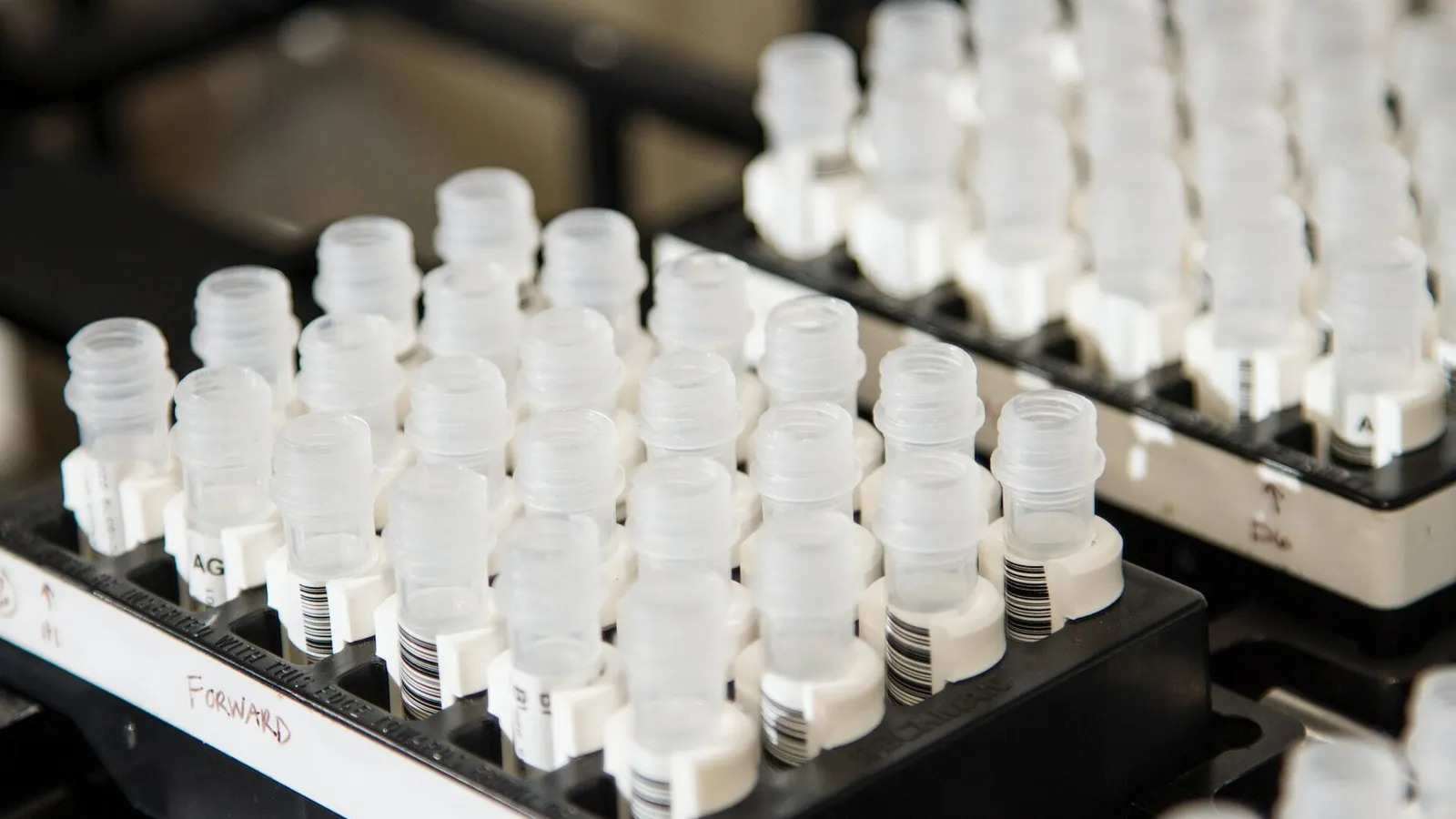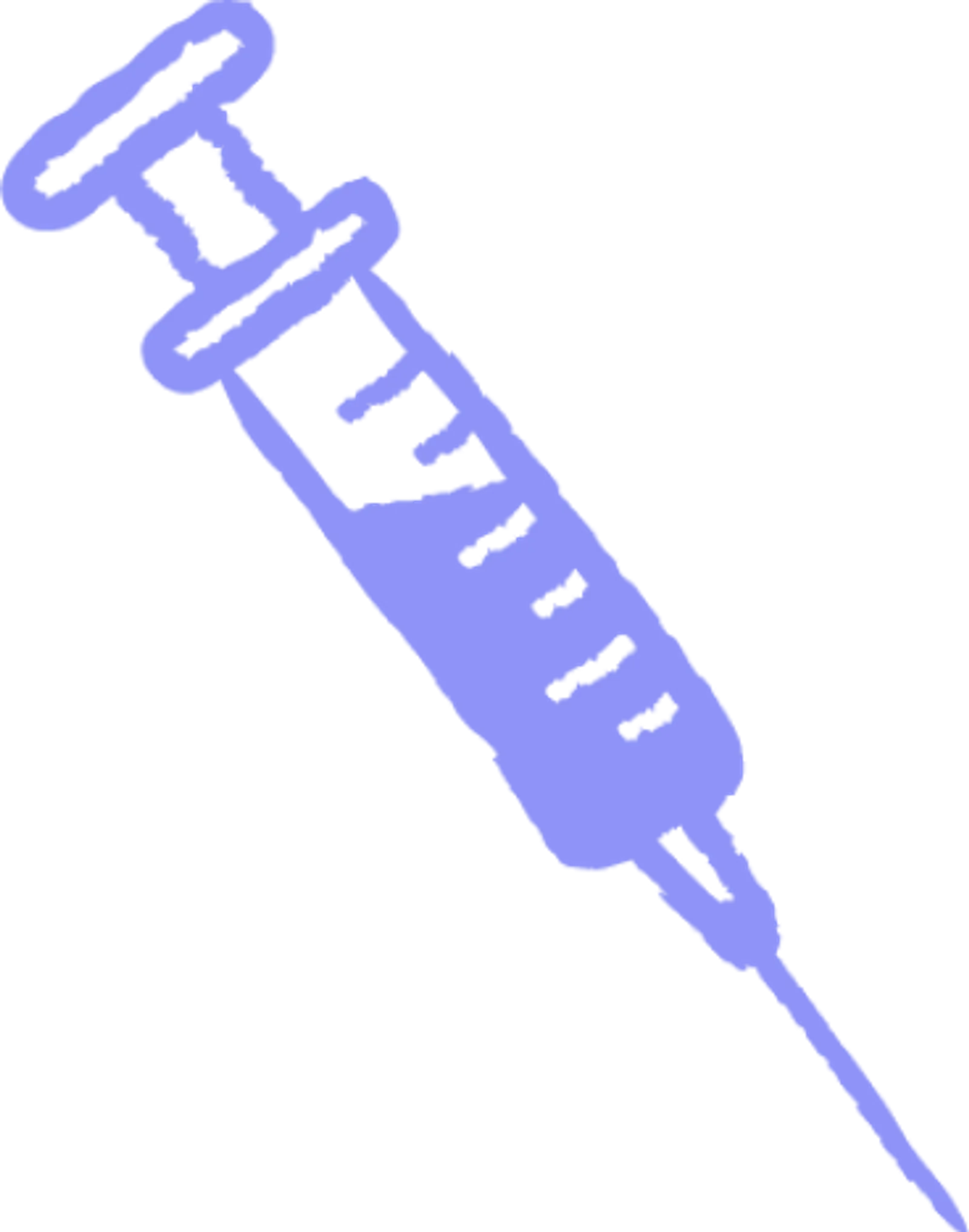Plasma 101
Who: Eligible donors between 18 and 63 can earn up to $560 a month in NY and up to $770 a month in FL.
What: Plasma is the yellow part of your blood that replenishes naturally.
Where: Queens, Brooklyn, The Bronx (NY), and Ft. Pierce (FL).
Why: Get paid to donate and help treat bleeding disorders, immune deficiencies, and more.
When: No appointment needed—walk in anytime before closing.
Is There Anything Else Used From My Blood Apart From My Plasma?

Is There Anything Else Used From My Blood Apart From My Plasma?
At Olgam Life, we ultimately only collect your plasma which is then sent to numerous hospitals and medical facilities throughout the states to help patients waiting for therapies. But plasma isn’t the only component of the blood that patients need, and it isn’t the only thing harvested by blood banks and donation centers.
Let’s run through the different transfusable components of whole blood and what they're used for.
What is blood made up of?
What is kept and what is thrown away when you donate blood? The truth is that pretty much all of your blood is used one way or another.
Whole Blood
The complete fluid that runs through our veins is what is known as the whole blood. Whole blood is made up of red and white blood cells, plasma, and platelets. The division of components in the whole blood is generally 45% blood cells and platelets and 55% plasma. Whole blood donations involve simply drawing the blood from a vein which is then chilled and stored for around 21 to 35 days.
When people think of blood donation, a ‘whole blood donation’ is what they commonly imagine. It’s the most common donation and is very versatile. Whole blood can be used directly as a blood transfusion to someone with the same blood type. Whole blood breakdown into parts can also be used for the applications below.
Most often, whole blood is transfused to patients who have experienced severe trauma and blood loss.
Plasma
Plasma is a pale yellowish liquid that makes up most of the blood volume. It’s primary function is to act as a carrier for blood cells, platelets, and all the other nutrients the blood contains so they can reach destinations in the body to perform their functions.
In addition to the blood components listed, plasma contains nutrients, proteins, enzymes, and hormones that must be transported around the body to keep it working.
The process of harvesting plasma starts with a blood collection, precisely like when you donate your whole blood. The difference is that once your whole blood is collected, it’s then separated in a centrifugal machine via a process called apheresis. Once the blood is separated into cells, platelets, and plasma, the plasma is siphoned off. The cells and platelets are added back to the donor’s bloodstream with some sterile saline carrier solution.
Donating plasma means donors can often donate more in volume and frequency than with whole blood donations. Plasma can also be stored frozen for up to a year until it needs to be used. Since plasma is more commonly broken down into its elements like immunoglobulin and used to create treatments, the donor's blood type doesn’t need to match the recipient's blood type, making plasma even more versatile.
Creating plasma derivatives also means any potential viruses are eliminated by heat treatment, making plasma even safer to use. Regardless of this, though, a responsible plasma center will perform a series of checks and screenings to ensure every donor is eligible to donate.
Plasma can be given to patients to help with blood clotting, so it’s used in both critical emergencies and to help those living with conditions like hemophilia where lack of efficient blood clotting could be life-threatening. It’s also used to treat immunodeficiencies and other diseases.
If you’re interested in giving plasma but don’t know where to start or how it works, take a look at our resources. We’re experts in plasma donation, and we’re always on the end of the phone or email to help you get started.
Visit one of our seven plasma donation centers today to start your journey to helping those in need.
Platelets
Otherwise known as thrombocytes, platelets are made in the bone marrow, and their primary function is to stick to the insides walls of the blood vessels to prevent bleeding or stop bleeding from an opening.
Platelets are collected in the same way as plasma: by way of a centrifugal force that separates the blood components from one another. Platelets comprise the smallest percentage of the whole blood, along with white blood cells, just 1% (about one platelet for every 20 red blood cells). Because of this, platelets must be collected from several different donations and combined before being used in treatment.
Platelets are either obtained from whole blood that has already been collected or through apheresis, where the remaining blood can be restored to the donor immediately. Using the latter technique, a donor can donate up to six times as many platelets as are obtained from already collected whole blood. Platelets can ben be stored chilled for up to five days.
Platelets are most often used to treat patients with conditions that affect their ability to produce enough of their own platelets, like thrombocytopenia. They are also used in cancer treatments and organ transplants.
Cryoprecipitated AHF (Cryo)
Cryoprecipitated Antihemophilic Factor or ‘cryo’ is a type of plasma rich in the following clotting factors.
Fibrinogen
Von Willebrand factor
Factor VIII
Factor XIII
When plasma is collected from a donor, cryo is collected by freezing the plasma, thawing it slowly, and siphoning off the precipitate. Cryo is given to patients with blood clotting difficulties like Von Wilebrand’s Disease.
Red Blood Cells
As the second most prevalent component next to plasma, red blood cells, or erythrocytes, make up about 44% of the whole blood. Like platelets, red blood cells are made in the bone marrow and contain hemoglobin, allowing them to carry oxygen all around the body to help it perform its vital functions. Red blood cells also carry carbon dioxide away from parts of the body to the lungs, where it can be excreted.
Red blood cells are removed from plasma to be prepared for use in treatment. They can be stored, chilled, for up to 42 days and can also be frozen for up to ten years.
Red blood cells are needed in severe trauma situations when a casualty has lost a lot of blood. They can also be used to treat conditions like anemia, iron deficiency, and sickle cell disease. Red blood cells can give a patient a boost of oxygen, iron, and hemoglobin. They also have the benefit of increasing these levels without greatly increasing the whole blood volume and pressure.
















